Elite tennis players make it look easy and effortless. By comparison, those at the amateur level may display movement skills, strokes, and fitness that leave something to be desired.
Tennis is a lifelong sport, and all players share a common desire to perfect their skills, and a drive to continue to improve both their technique and physical preparation – all while staying injury-free. Good coaches can help improve technique and fitness, but proper technique can only be attained if you have the range of motion required for successful positioning and stroke execution.
This is where movement conditioning can play a big role. Tennis requires strength, flexibility, power, endurance, and speed, and each of these requires a well-trained muscular system. A successful tennis player must be able to get to the ball early and set up properly. Typically, this requires quite a few adjustment steps as you recognize the path, spin, and pace of the incoming ball. In fact, tennis can be characterized as a game of emergencies. It is not uncommon for players to perform more than 500 directional changes during a single match or practice, thus the tendency for injury to weak muscles and joints.
Here are some tips for successful movement training:
- Since the vast majority of tennis movements are side to side, it is important to focus 60 to 80 percent of training on these movement patterns. The legs are the first link in transferring forces from the lower to the upper body. Newton’s third law of motion states that for every action there is an equal and opposite reaction. In tennis, this refers to the ground reaction force that enables that force to be transferred from one body part to the next. The key to do this most efficiently and effectively is to time the segments correctly (not leaving out any segments) and preparing your body to be strong and flexible enough to handle the stresses imposed.
- Think of the midsection of your body as a cylinder when it comes to training. Exercises should be designed to move the front, back and side of the torso through multiple planes of motion. Tennis strokes require rotational movements as well as flexion and extension, frequently all in one stroke.
- The dominant side of the upper body is much more involved in each stroke than the non-dominant side. Therefore, in addition to training the dominant side for performance purposes, you need to train the non-dominant side for balance and injury prevention.
To perform optimally in all sports, we also need to consider rest and recovery, as well as a balanced mental, emotional and spiritual state of wellbeing.
Louise Evans is the owner of Mot’us Floatation and Wellness Center in Palm Desert. She has worked with elite tennis and squash players in the UK and will be holding a workshop on physical conditioning for tennis in association with Kevin Connelly, tennis pro at Westin Mission Hills. For more information, visit www.motuswellbeing.com or call (760) 610.5761.
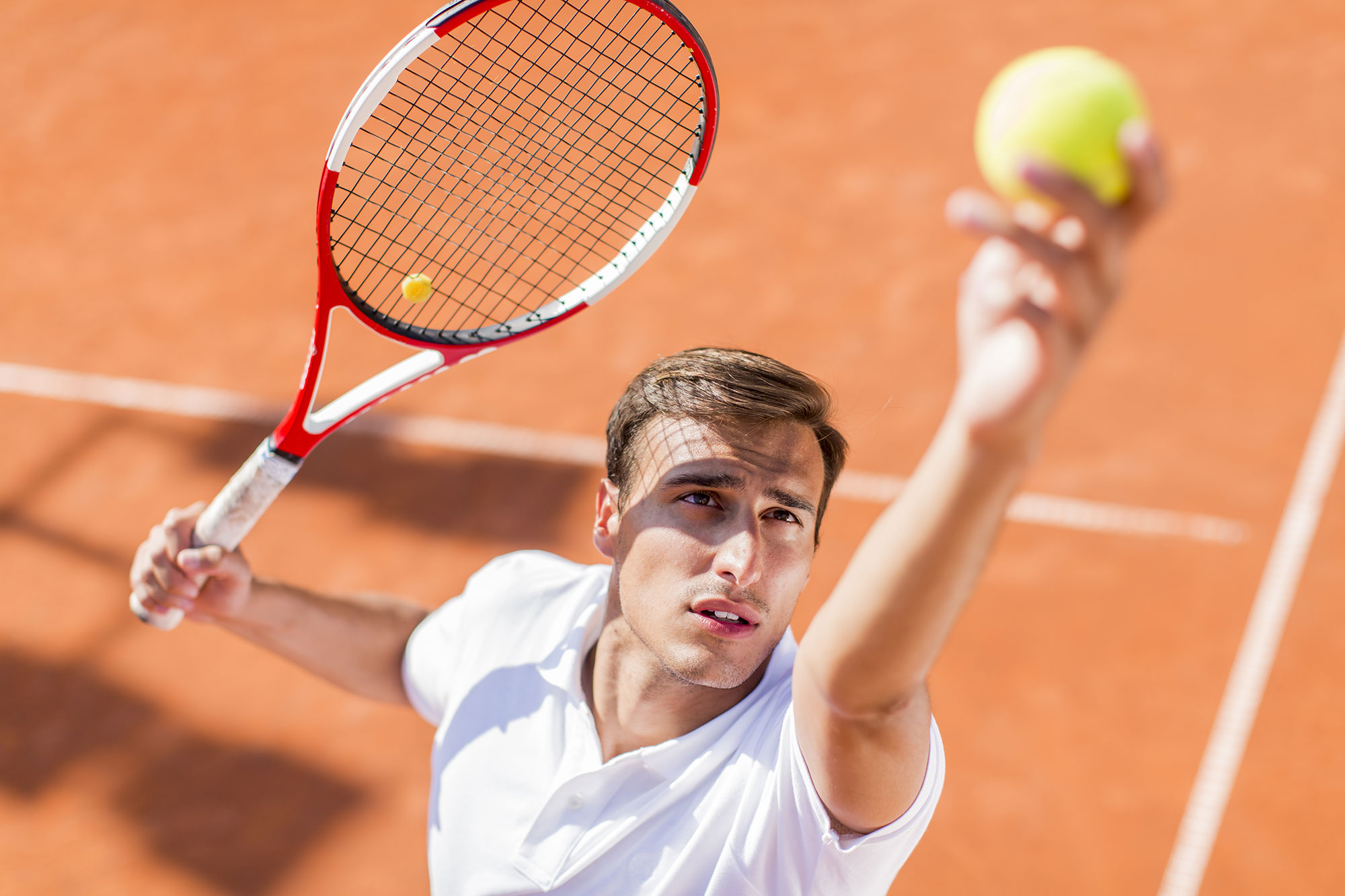


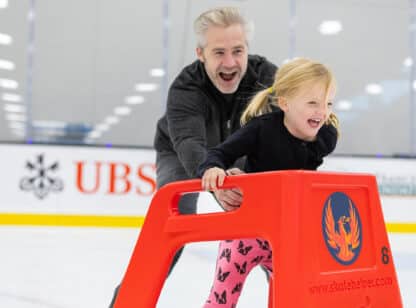








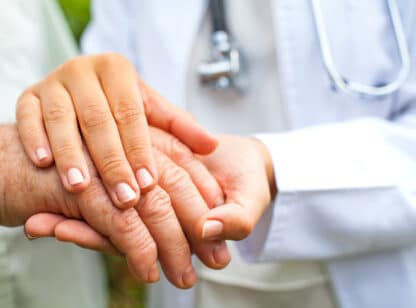


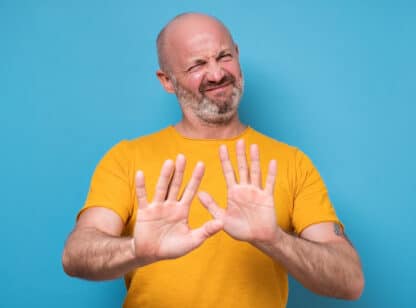


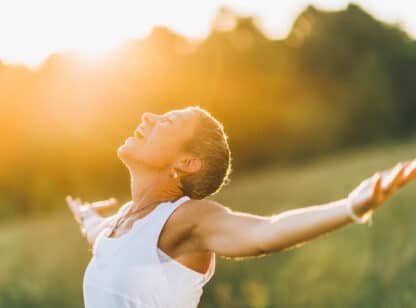



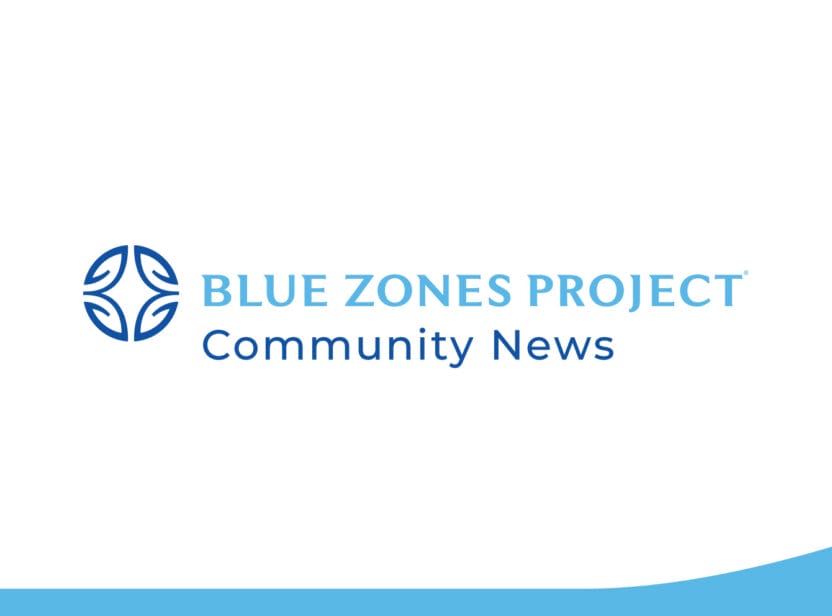











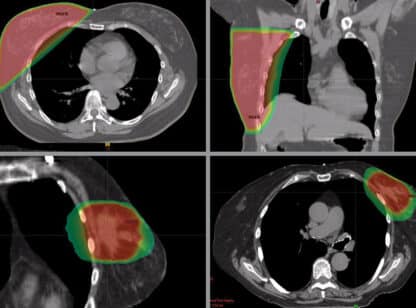


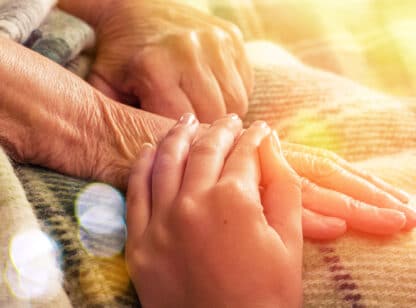
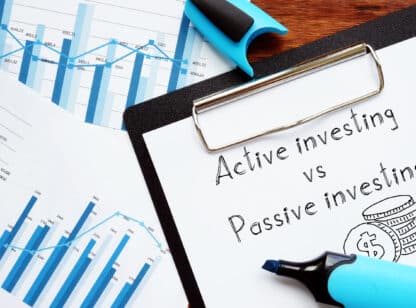

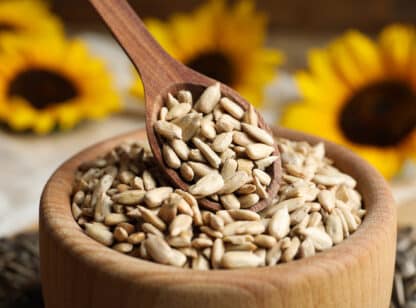


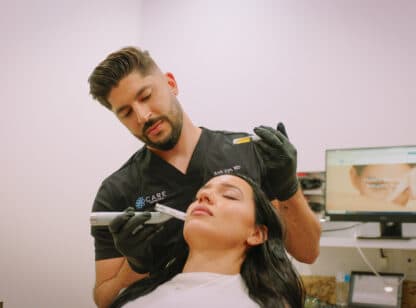
Comments (0)